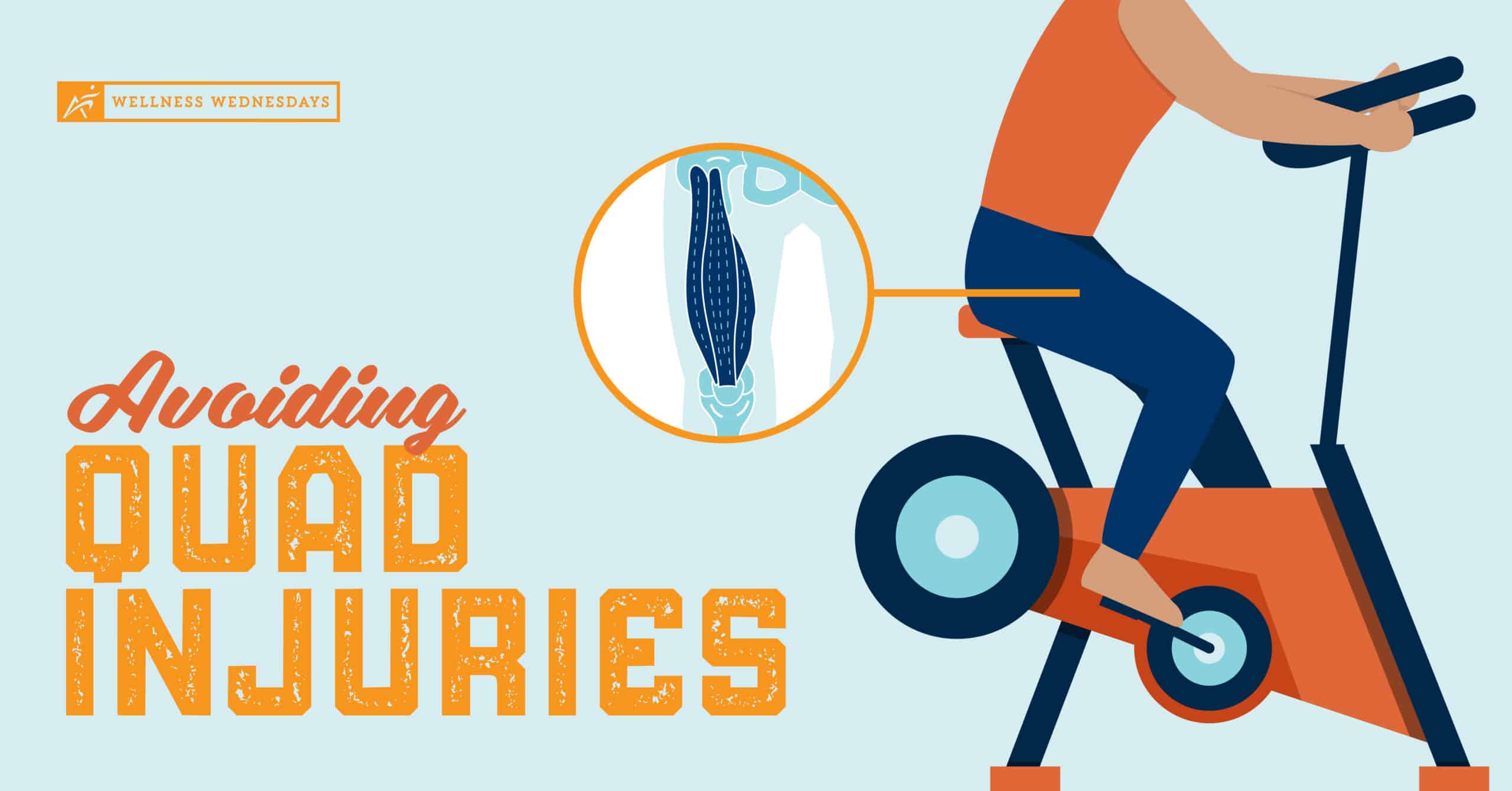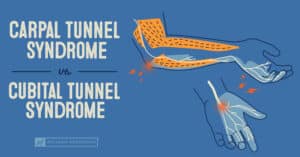Quadriceps strain can occur at any time, especially to those who are more highly active or participate in sports such as soccer, football, or basketball. Depending on the severity of an active quad strain, you can take steps to help prevent further injury, such as exercising or stretching the muscle. Continue reading to learn more about two types of quad injuries and exercises you can do to prevent quad tension or injury.
Acute Quadriceps Injuries
A quad strain represents a classic example of an acute injury, occurring suddenly and resulting from immediate stress placed on the quadriceps muscles. This type of injury arises when the muscles are subjected to a force or impact beyond their capacity, leading to strain or even tearing of the muscle fibers, depending on the grade of the strain.
Acute quad strains often transpire during dynamic activities such as sprinting, jumping, or sudden changes in direction, where the muscles are required to contract forcefully and rapidly. The abruptness of these movements, along with insufficient warm-up movements or conditioning, can overwhelm the muscles, leading to pain, tenderness, and potential swelling.
Chronic Quadriceps Injuries
The chronic nature of quadriceps tendonitis is characterized by the gradual onset of symptoms and the persistence of discomfort over weeks or months. Common symptoms include pain and tenderness at the front of the knee, just above the kneecap. Pain may worsen during activities that engage the quadriceps, such as climbing stairs or squatting. Unlike acute injuries, where there’s a sudden onset of symptoms, chronic injuries, like quadriceps tendonitis, tend to worsen with continued activity and can impact an individual’s performance and quality of life.`
Treatment for quadriceps tendonitis often involves a combination of rest, ice, anti-inflammatory medications, physical therapy, and targeted exercises to strengthen the quadriceps and improve range of motion. In some cases, a period of reduced or modified activity might be necessary to allow the inflamed tendon to heal. If left unaddressed, quadriceps tendonitis can lead to persistent pain and potential complications.
Exercises & Stretches to Help Prevent Quad Injuries
What’s the best way to treat a quadriceps injury? Stay one step ahead and prevent them! Try these three stretches and exercises that can help relieve tension and keep your quads loose.
*Disclaimer: Always consult with your doctor before starting any exercise program. If you experience any numbness, tingling, or reproduction of your symptoms, please contact your doctor.
1. Foam Rolling Quads
- Place a foam roller under your thighs and balance on your elbows in a plank position.
- Brace your core and avoid arching or rounding your low back or lumbar spine.
- Roll from just above the kneecaps to right below the hip area. Lookout for tender areas.
- Once you locate a tender area hold for 10 – 20 seconds or until the pain lessens, then move to another tender area.
- To place a greater emphasis on one leg, cross the back leg over the other leg or simply shift your body weight to one side.
- To target the inner portion of the quads, widen your legs and rotate your feet out.
- To target your outer quads, bring your legs together, touch your toes, and rotate your heels out.
- Perform this for 1 – 2 minutes per section.
2. Reverse Lunges
- Step one leg back behind you.
- Step the leg back, go straight down, and then come out of that by squeezing the glutes and pushing with that leg to come back to that starting position.
- Also make sure that when you come down, your knee is not coming in front of your toe.
- Keep your core tight and ensure you are not overarching in your low back.
- Keep your core nice and tight, squeezing through the glutes coming up.
- Perform this for 2 sets of 10 reps.
3. Foam Rolling Adductors
- Begin this move balanced on the elbows and the toes of the opposite leg.
- The foam roller should be placed under the inner thigh of the opposite leg with toes pointed outward.
- Next, slowly roll from the inside of the knee up to the groin to release any adhesions on the muscle.
- Scan slowly and hold on tender spots until the pain diminishes.
- You can also shift your body weight towards the foam roller to apply more pressure.
- Spend no more than 2 minutes on the foam roller.
Experience Lasting Pain Relief: Start Your Journey with Airrosti Now!
Both acute and chronic quad injuries highlight the importance of proper preparation, training, and care to prevent the risk of such injuries. If you are suffering from quadriceps pain, schedule an appointment with Airrosti today, either in-clinic or virtually.
At Airrosti, your injury or condition will be thoroughly assessed and treated at the root cause. Your Airrosti Provider will create an individualized treatment plan for your injury and combined with hands-on manual therapy and an active rehabilitation program, will treat your pain at the source, not just the symptoms. You will also receive resources and tools so you can continue your recovery at home.
For more information, call us at (800) 404-6050.
Read our Medical Disclaimer here.
Lorem ipsum dolor sit amet, consectetur adipiscing elit. Ut elit tellus, luctus nec ullamcorper mattis, pulvinar dapibus leo.










